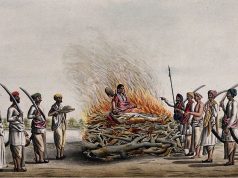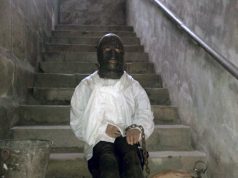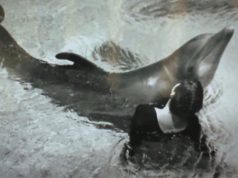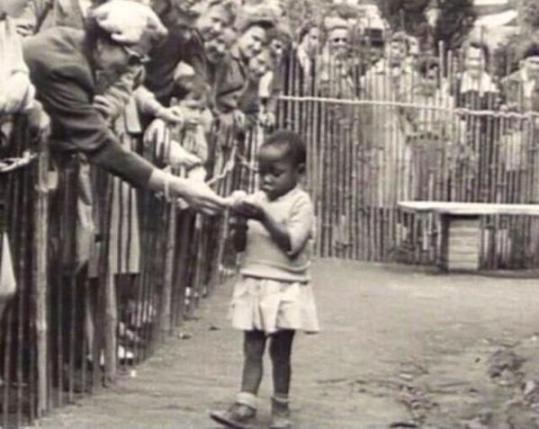
In the twenty-first century there are now many people who consider zoos extremely cruel: remove wild animals from their habitats and put them on display in cages for people’s enjoyment seems really ruthless. What you may not know is that throughout history zoos have not only been famous for animals, but also to exhibit human beings (human zoos).
The human zoos in history
One of the first zoos we know of is that of the Aztec Emperor Montezuma, in Mexico.
Not only it displayed various species of animals, but also albino people, dwarfs or humps.
Even Columbus brought Native Americans back to the Old Continent to show them to the Spanish Court.
During the Renaissance, however, the Medici family had a menagerie (a precursor of the zoo) in the Vatican that exhibited exotic animals, but also people of different ethnic groups such as the Moors, Tartars, Indians, Turks and Africans.
The human zoos in the modern age
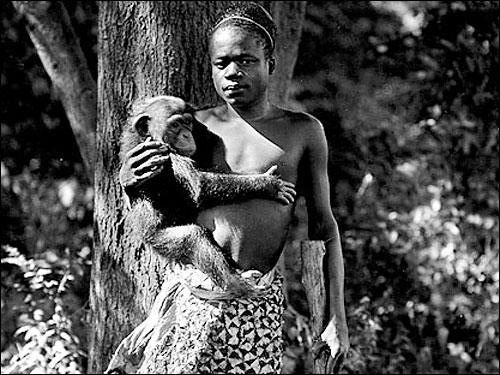 It’s around 1870 that the human zoos began to become very famous. Human shows were organized in various European and American cities and obtained great success, often attracting hundreds of thousands of visitors.
It’s around 1870 that the human zoos began to become very famous. Human shows were organized in various European and American cities and obtained great success, often attracting hundreds of thousands of visitors.
One human zoo was also present during the first World’s Fair held in Paris in 1899.
The people, mostly put on display in cages and fenced areas, were people taken from the African continent or America and were kept with typical clothing or sometimes naked.
The purpose of these zoos was primarily to show the variety of human beings present in the world, sometimes classifying them as past evolutionary levels. Sometimes entire villages were rebuilt to show how the natives lived in different countries.
Ota Benga
One of the most famous people on display in a human zoo was Ota Benga, a Congolese pygmy who was kept in a fenced area with the company of a monkey.
Ota had escaped the massacre of his village by Belgian settlers because he was out hunting. On his return he was captured by slavers who later sold him to Samuel Phillips Verner, who was in Africa to look for subjects to be put on display in the zoo.
Verner bought Ota in exchange for salt and clothes. Although it may sound strange, this was the salvation for Ota that otherwise would have ended up being used as a slave on plantations.
The boy and Verner established a strong bond and when Verner travelled back to Africa he brought with him. Ota however, no longer feeling he belonged to these people, decided to return to the United States.
The Hottentot Venus
Another star of the human zoo was Saartjie Baartman, also known as the “Hottentot Venus”.
Saartjie was a Khoikhoi woman from South West Africa who had steatopygia, a condition of lordosis and strong predisposition to accumulate fat on the buttocks, typical of some African populations.
She was captured and sold to a London entrepreneur when she was twenty and was shown in various exhibitions, almost naked to show her body then considered very unusual.
The end of human zoos
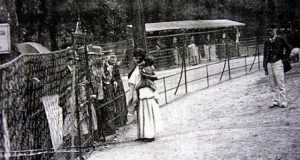
In the first half of ‘900 some people began to feel indignant towards these human zoos and slowly they began to be abolished.
The last was abolished in Belgium in 1958 but the first was oddly abolished by Hitler, BBC reports.



